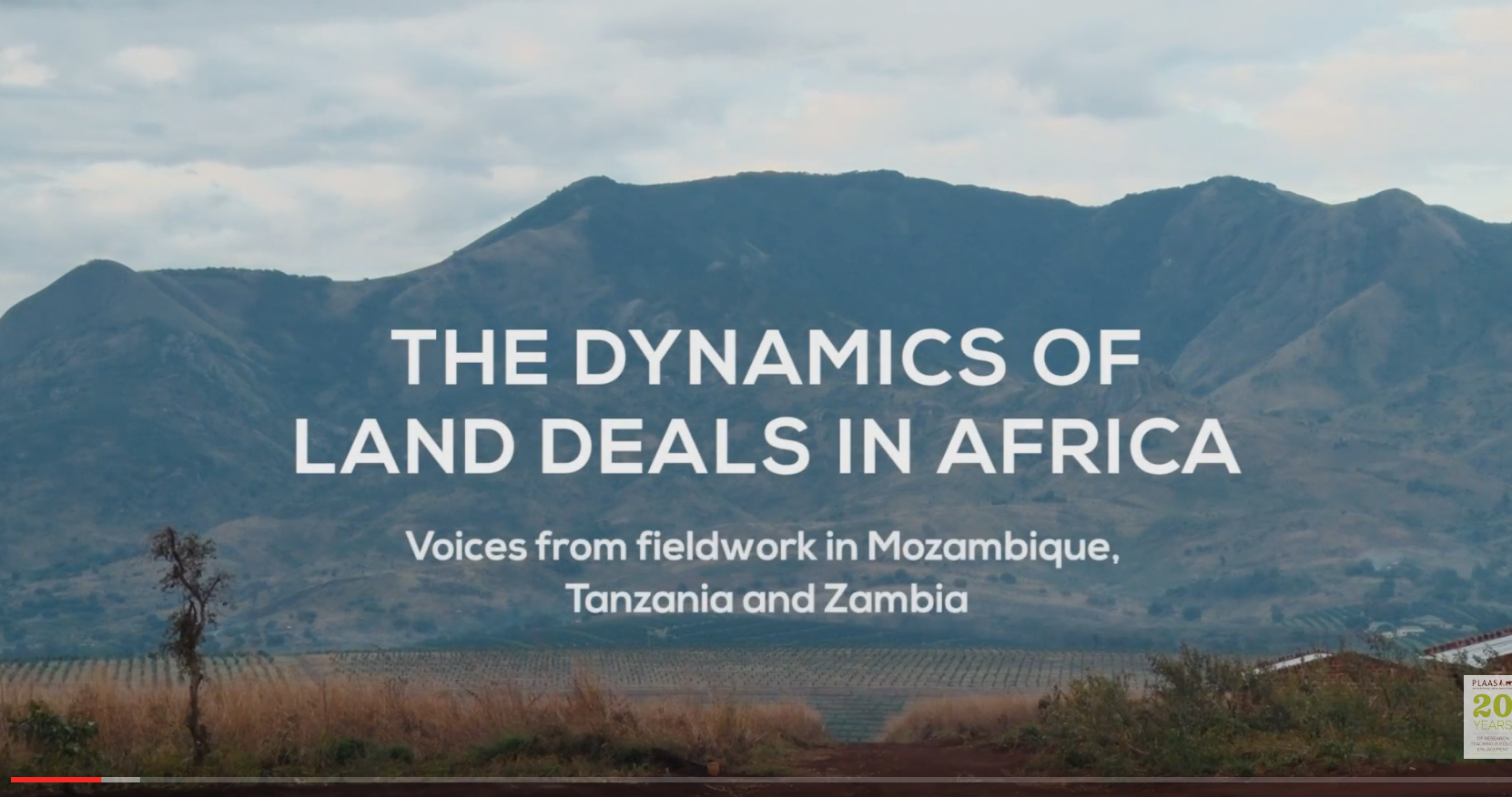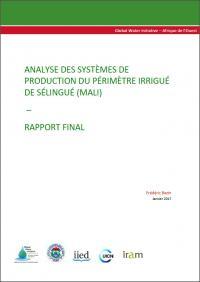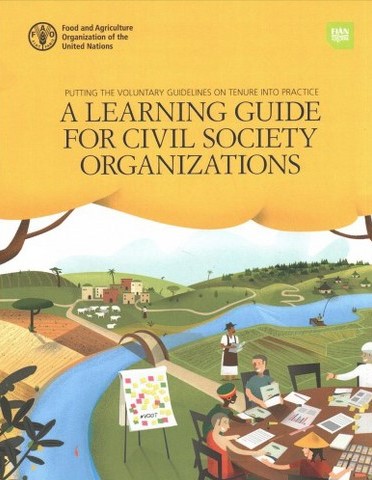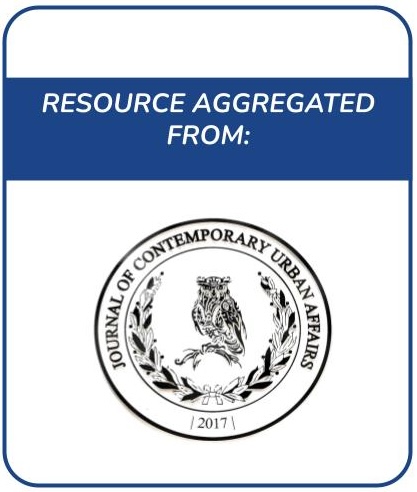The Dynamics Of Land Deals in Africa
Looking at several large-scale land deals in Mozambique, Tanzania and Zambia, this extraordinary documentary highlights the nuanced impacts of these investments. Small-scale farmers and producers, national government officials, and African policy-makers unpack the deals, showing that there are winners and losers when providing investors access to large tracts of land in Africa. For example, land deals impact differently on women and youth, and altering land regimes also impacts on access to other natural resources such as water, fish, and local indigenous vegetables.











